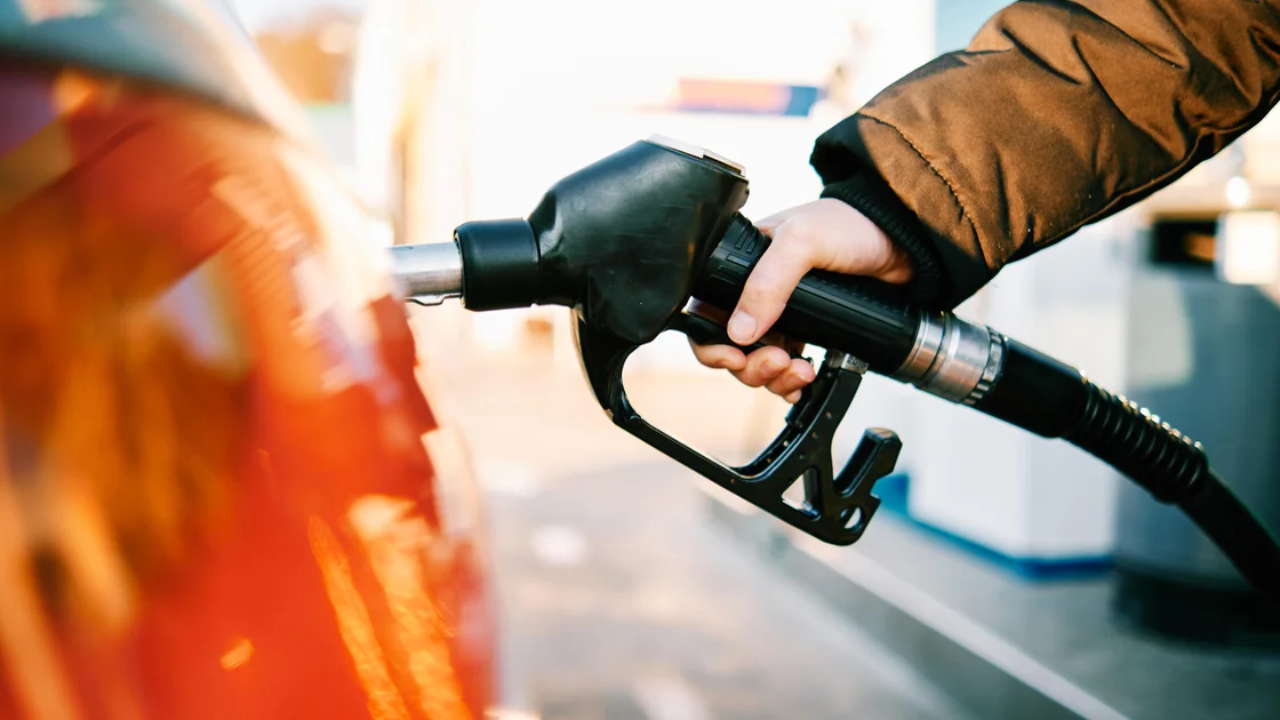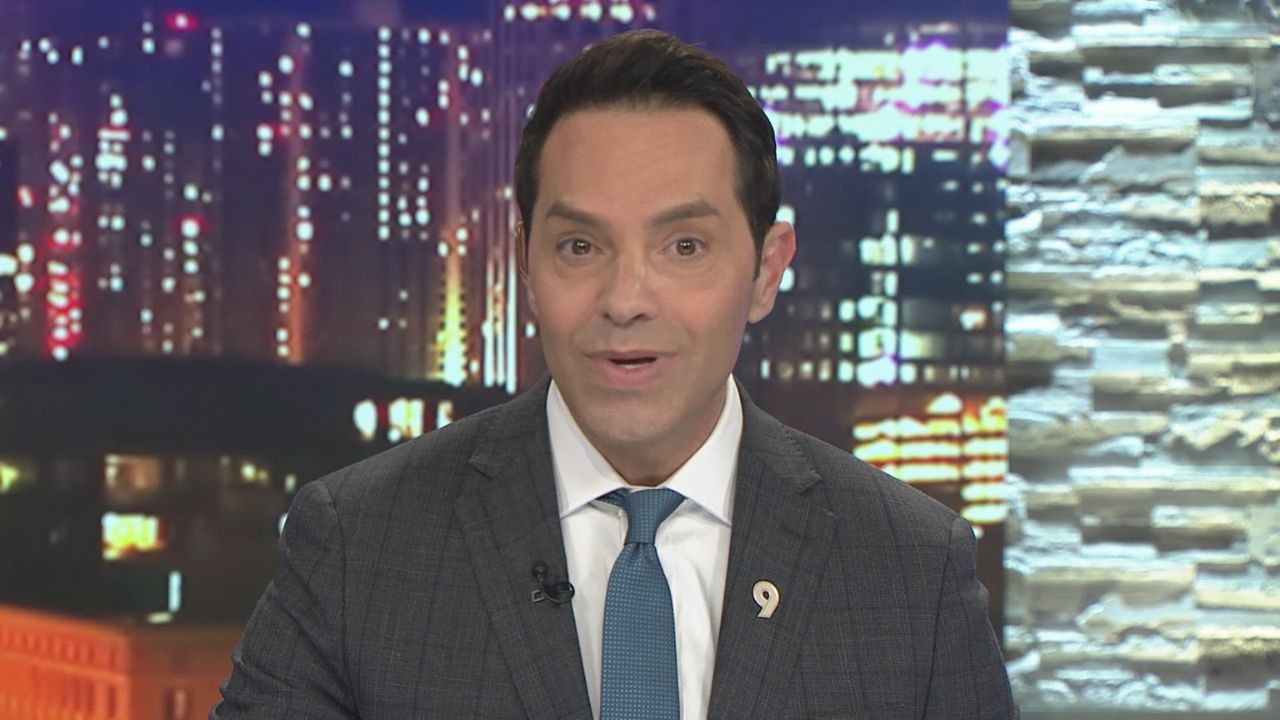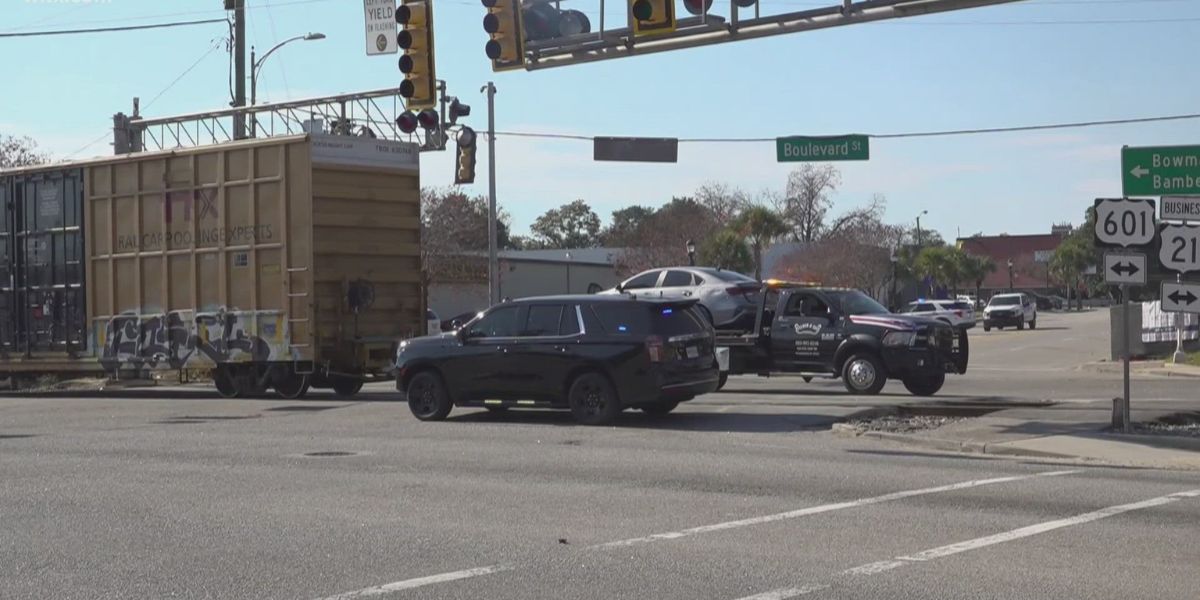California may face a major gas price crisis by 2026, with prices expected to jump by 75%, pushing the cost to more than $8 per gallon.
This possible surge is worrying many drivers and experts alike. The increase would make gas one of the most expensive in the United States, hitting families and businesses hard.
Several key factors are behind this potential spike in fuel prices. First, stricter state rules on fuel types are making it harder and more costly to produce gasoline. California requires special “clean” fuel formulas to reduce pollution. These cleaner fuels are more expensive to make than regular gasoline used in other states.
At the same time, California is moving to phase out gasoline-powered cars and trucks over the next few years, pushing for electric vehicles instead.
While this is good for the environment, it adds pressure on the current fuel supply system. Fewer gas stations and fuel producers may be willing to serve the shrinking market, which could raise prices.
Another factor is the state’s heavy reliance on local refineries, which have limited capacity. Any disruption in refinery operations, whether due to maintenance or accidents, can quickly reduce fuel supply and push prices up.
Unlike other states that import gasoline from many places, California mostly depends on its own refineries and local fuel production.
Adding to the problem are rising global oil prices and unstable international markets. When crude oil costs go up, gas prices usually follow. California’s taxes on fuel and carbon emissions also add extra costs for drivers at the pump.
Experts warn that this combination of factors could create a “perfect storm” leading to sharply higher prices. The state government and regulators face a tough challenge to balance environmental goals with keeping fuel affordable and accessible.
For regular Californians, the impact could be severe. Many people still depend on their cars for daily travel, work, and errands.
Higher gas prices mean more expenses for families already facing a high cost of living. Businesses that rely on transport, like delivery and trucking, may also struggle with increased fuel costs, potentially passing those costs to consumers.
Some officials are calling for urgent action to avoid the worst of the crisis. Ideas include increasing fuel imports, investing in refinery upgrades, and improving electric vehicle infrastructure to ease the transition.
Despite these plans, the timeline is tight, and the risks remain. Gas prices rising above $8 per gallon would be a huge jump from today’s average prices, and could have wide effects on the economy and people’s daily lives.
California is known for leading the country in environmental rules and clean energy. But this possible gas price surge shows the challenges in balancing green goals with practical needs. How the state manages this coming crisis will be watched closely by residents, businesses, and policymakers across the nation.






